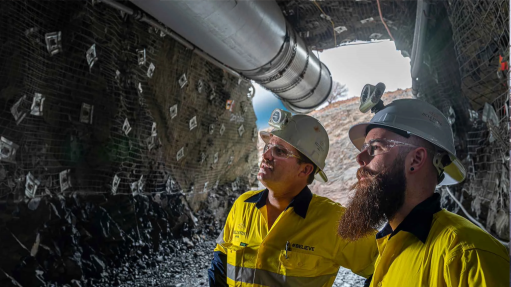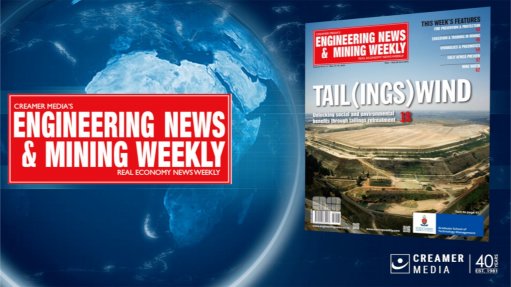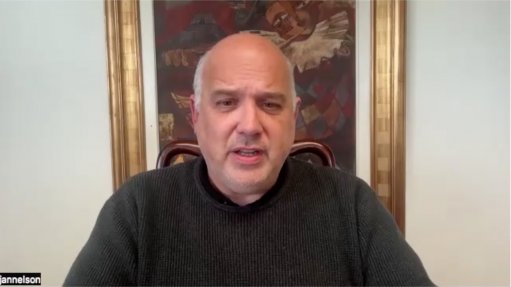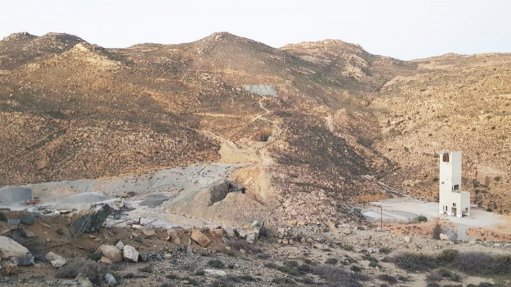New leadership brings a change to Australia’s resources sector
In September this year, Liberal leader Tony Abbott was elected Australia’s new Prime Minister, heralding significant changes for the country’s resources sector.
On his election trail, Abbott and his political punters appealed to the political power- house that is the Australian resources sector, promising that, if elected, his government would dispose of the much-contested minerals resource rent tax (MRRT) and the carbon tax.
It was, after all, the might of the resources industry that was, in part, responsible for Julia Gillard deposing then Prime Minister Kevin Rudd in 2010, after he had introduced the ill-fated resources super profits tax (RSPT).
The RSPT was eventually replaced by the MRRT, and despite promises to the contrary, the Gillard government also introduced the carbon tax on July 1, 2012, prompting another fall-out with the country’s mining sector.
In a political kerfuffle earlier this year, Gillard herself was deposed by Rudd, after the Labor party had lost faith in her. However, Rudd was unable to withstand the political headwinds and lost the federal election in September.
The resources sector vigorously welcomed Abbott into his new role, with industry bodies proclaiming that the new government would restore Australia’s international competitive- ness.
“The Association of Mining and Exploration Companies (Amec) looks forward to working closely with the Coalition government in implementing the various policy announcements made in the lead-up to the election, which should restore confidence in investment and business decision-making processes,” said Amec CEO Simon Bennison at the time of Abbott’s election.
He added that the abolition of the numerous taxes on the resources sector would result in an indisputable message being sent to investors and decision-makers that “Australia is open for business”.
Making good on Abbott’s promises, the Coalition government’s first item of Parlia-mentary business was to introduce legis- lation to repeal the carbon tax, with Abbott expressing his optimism that the legislation would be passed through Parliament before the end of the year.
“This legislation will be the first Bill con-sidered by the new Parliament. It is a Bill designed to not only keep government’s commitments, but to do the right thing by the people of Australia,” Abbott said.
“Abolishing the carbon tax will improve Australia’s international competitiveness, which was being undermined by the unfair hit on business,” the Prime Minister said, adding that the legislation would give the Australian Competition and Consumer Commission further powers to take action against businesses that engage in price exploitation following the repeal of the carbon tax.
The Minerals Council of Australia (MCA) had earlier predicted that the cost of the carbon tax to Australia’s mining industry had exceeded more than A$1.2-billion a year, when the price of emissions permits, the impact on diesel fuel and higher energy charges were included.
The Queensland Resources Council (QRC), representing the heart of Australia’s coal mining sector, said that the removal of the carbon tax would assist in restoring the confidence of the Queensland coal industry, which was confronting the toughest operating environment in more than a decade.
Saying that the carbon tax was the biggest impost for the coal industry in Australia, the QRC welcomed Abbott’s move.
In October, Abbott further ingratiated himself to the resources sector, releasing draft legislation to repeal the MRRT.
In his announcement of the legislation, Treasurer Joe Hockey labelled the MRRT a “complex and unnecessary tax”, saying it had struggled to raise the revenue predicted by the previous government.
In fact, the MRRT, which was also introduced in 2012, was predicted to raise only A$7.2-billion in revenue by 2016/17, nearly A$5-billion less than expected by the Gillard government. The tax raised only A$126-million during the first half of the 2012/13 financial year.
MCA CEO Mitch Hooke had argued that, while the MRRT was not as punitive as the RSPT, it nevertheless compromised Australia’s attractiveness as an investment destination and put Australia at the height of international tax rates.
He added that the repeal of the MRRT would restore industry confidence and remove a further impost that destroyed value in long-term, risky coal and iron-ore projects.
“The repeal of the MRRT will contribute towards repairing some of the fiscal damage inflicted by the previous government on our nation’s finances,” Hockey promised.
But the Coalition government’s opus to the resources sector did not end there.
It has also announced plans to introduce an exploration development incentive that would allow investors to deduct a proportion of mining exploration expenditure against their taxable income.
The incentive would be implemented from July 2014.
Further, the newly elected government has moved to simplify the environmental approvals process for major projects, introducing a ‘one-stop-shop’ concept to slash red tape and increase investment, while maintaining environmental standards.
Federal Environment Minister Greg Hunt said government would approach the streamlining process in three stages, the first of which was to sign a memorandum of understanding with each of the willing states on the key principles and which confirmed cooperation on achieving a single process.
The second stage would see the federal and state governments agree on bilateral assessments and updating those that are already in, while stage three would see agreements on bilateral approvals within 12 months with willing states.
The MCA’s Hooke said the streamlining project was long overdue.
“The minerals industry has long advocated the need to streamline federal and state processes such that the Commonwealth sets the standards for environmental responsibilities under the Environment Protection and Biodiversity Conservation (EPBC) Act, and devolves assessment and approvals functions to the states,” said Hooke.
A similar process was being considered for the offshore petroleum industry, with government recently saying it would undertake a strategic assessment of the National Offshore Petroleum Safety and Environmental Management Authority’s (Nopsema’s) current environmental management process.
Government has prioritised the strategic assessment in order for Nopsema’s environmental regulation to be recognised as meeting requirements of the EPBC Act, without additional referral or approval required from a separate Commonwealth regulator.
Government was also considering the implications of the petroleum resources rent tax, Hockey said.
However, despite the positive changes initiated by the Abbott-led government, Australia was still faced with a number of investment hurdles.
Azure Capital MD for corporate advisory Geoff Rasmussen pointed out that the strong Australian dollar, as well as the high cost of labour and the perception of unnecessary bureaucratic delays in environmental approvals, were all still a disadvantage to Australia.
“Ultimately, you are competing against every country in the world in trying to get global investment dollars into your asset. Getting rid of the MRRT and the carbon tax is not going to mean that we will be fundament-ally more competitive overnight.”
Rasmussen noted that, while there was little to be done about the strength of the Australian dollar, government did have influence on the cost structure of certain projects.
“The reality is that there are plenty of examples of resource projects that are being held back by infrastructure rather than costs, so the federal government can play a much more proactive and aggressive role in assisting the state governments in putting the necessary infrastructure in place.”
He also suggested further tax reforms and possible incentives to provide a permanent workforce in the northern regions of the country, where resource projects are currently reliant on the fly-in, fly-out method of transporting workers to site.
Comments
Press Office
Announcements
What's On
Subscribe to improve your user experience...
Option 1 (equivalent of R125 a month):
Receive a weekly copy of Creamer Media's Engineering News & Mining Weekly magazine
(print copy for those in South Africa and e-magazine for those outside of South Africa)
Receive daily email newsletters
Access to full search results
Access archive of magazine back copies
Access to Projects in Progress
Access to ONE Research Report of your choice in PDF format
Option 2 (equivalent of R375 a month):
All benefits from Option 1
PLUS
Access to Creamer Media's Research Channel Africa for ALL Research Reports, in PDF format, on various industrial and mining sectors
including Electricity; Water; Energy Transition; Hydrogen; Roads, Rail and Ports; Coal; Gold; Platinum; Battery Metals; etc.
Already a subscriber?
Forgotten your password?
Receive weekly copy of Creamer Media's Engineering News & Mining Weekly magazine (print copy for those in South Africa and e-magazine for those outside of South Africa)
➕
Recieve daily email newsletters
➕
Access to full search results
➕
Access archive of magazine back copies
➕
Access to Projects in Progress
➕
Access to ONE Research Report of your choice in PDF format
RESEARCH CHANNEL AFRICA
R4500 (equivalent of R375 a month)
SUBSCRIBEAll benefits from Option 1
➕
Access to Creamer Media's Research Channel Africa for ALL Research Reports on various industrial and mining sectors, in PDF format, including on:
Electricity
➕
Water
➕
Energy Transition
➕
Hydrogen
➕
Roads, Rail and Ports
➕
Coal
➕
Gold
➕
Platinum
➕
Battery Metals
➕
etc.
Receive all benefits from Option 1 or Option 2 delivered to numerous people at your company
➕
Multiple User names and Passwords for simultaneous log-ins
➕
Intranet integration access to all in your organisation

















